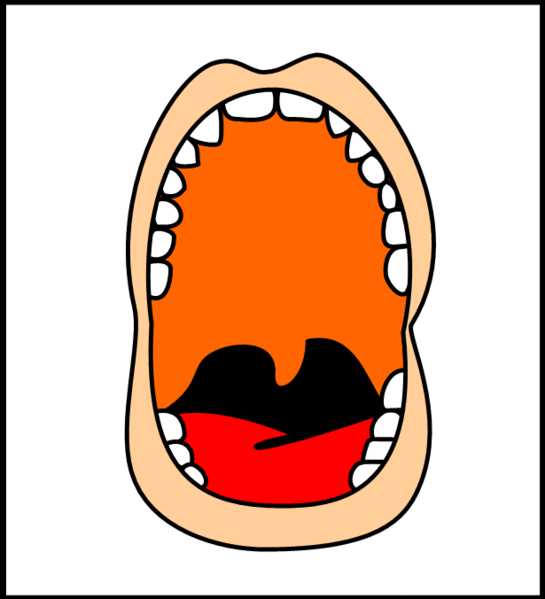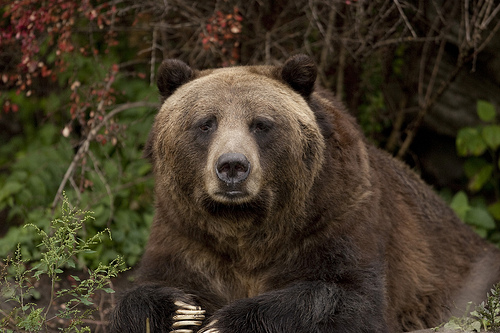5. Homophones
|
|

Do you know what homophones are?
Homophones are words which have the same pronunciation, although they are written in a different way.
It is the context which will help us to understand and know which word we have just heard.
Some examples are:
Sea - see; eye - I ; buy - bye ; hear - here.
Here you have some other homophones:
| Allowed - aloud Ate - eight Band - banned Bear - bare Be - bee Berry - bury Blue - blew Buy - by - bye Caught - court Climb - clime Die - dye Hear - here High - hi It's - its Knew - new Knows - nose |
Made - maid Meat - meet Missed - mist None - nun One -won Pair - pear Rain - reign Read - red Right - write Scene - seen Sea - see Sew - so Site - sight Some - sum Son - sun Sort - sought |
Storey - story Sweet - suite Tale - tail There - their Tide - tied Two - too Waist - waste Wait - weight War - wore Wear - where Weak - week Weather - whether Which - witch Who's - whose Wood - would Your - you're |
Para saber más
In the this page you have some extra information and practice on homophones. And here more exercises on homophones.
|
Imagen de Scott_Calleja en Flickr bajo licencia CC
|
Many people see puns as cheap humour, one-liners, or groaners, despite their prevalence in our culture. They are most often seen in the names of businesses, or advertising. Others, like the writer Jonathan Swift, see them as a challenging art form, where one shapes words like a cobbler bends leather. 'Punning is an art of harmonious jingling upon words,' said Swift, 'which, passing in at the ears, excites a titillary motion in those parts; and this, being conveyed by the animal spirits into the muscles of the face, raises the cockles of the heart.'
The dictionary describes a pun as:
pun
n.
A play on words, sometimes on different senses of the same word and sometimes on the similar sense or sound of different word.
In Italian, puntiglio means 'a fine point,' hence a verbal quibble, and is most likely the source of the English 'punctilious', which means showing great attention to detail and 'correct' behaviour. There developed, in late 17th- and early 18th-Century England, a short-lived, fanciful word called 'pundigrion', which indeed was a term for what we now know as a pun. Since snappy monosyllables produced by breaking off pieces of longer words were all the rage back then, it is widely thought that this is how and where the word 'pun' was created. This then lead to words that have stemmed from 'pun' including punning, and punny - a pun in and of itself.
Puns are not always humorous, and sometimes not even intended to be humorous. Much like popular fads that no one will admit to supporting, puns are looked down upon and criticised. However, it is an active, and timeless craft.
There are many types of puns but a common one is based on a play on words that sound alike, but are spelled differently, and mean different things, that is, homophones.
Source: http://www.h2g2.com/approved_entry/A592643
Here you have some examples:
Seven days without laughter makes one weak.
What do you call a naked grizzly? A bare bear.
What do you call two thieves? A pair of nickers.
What do you call a fish with no eyes? A fsh.
A duel was fought between Alexander Shott and John S. Nott.
Nott was shot and Shott was not. In this case, it is better to be Shott than Nott. It may be that the shot Shott shot, shot Nott, or, as accidents with firearms are frequent, it may be possible that the shot Shott shot, shot Shott himself !
We think, however, that the shot Shott shot, shot not Shott, but Nott.
Anyway, it is hard to tell who was shot and who was not...

